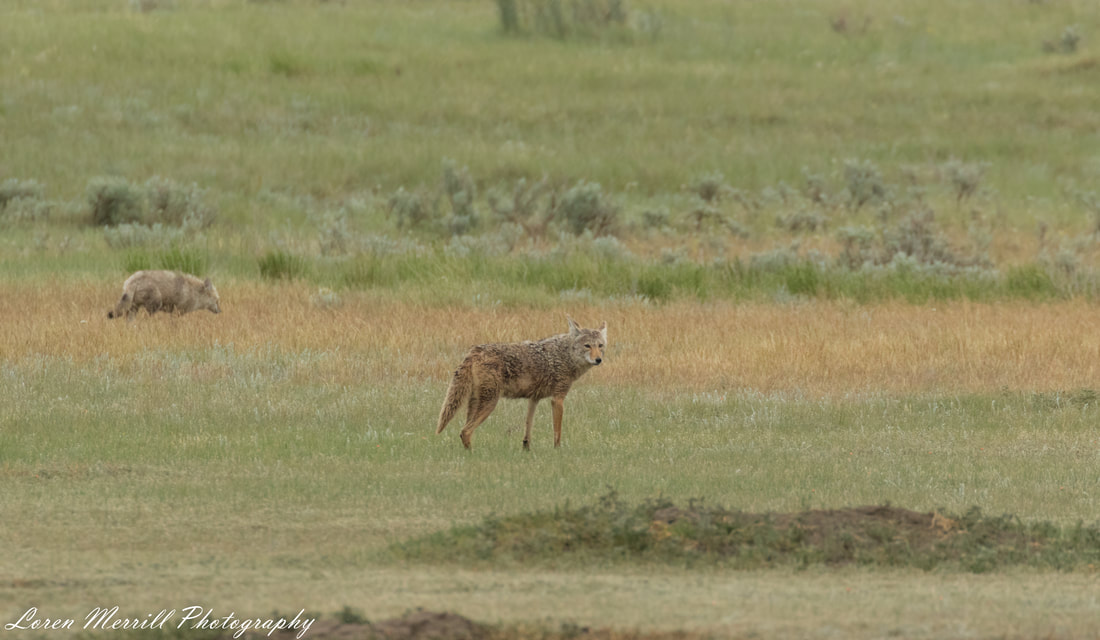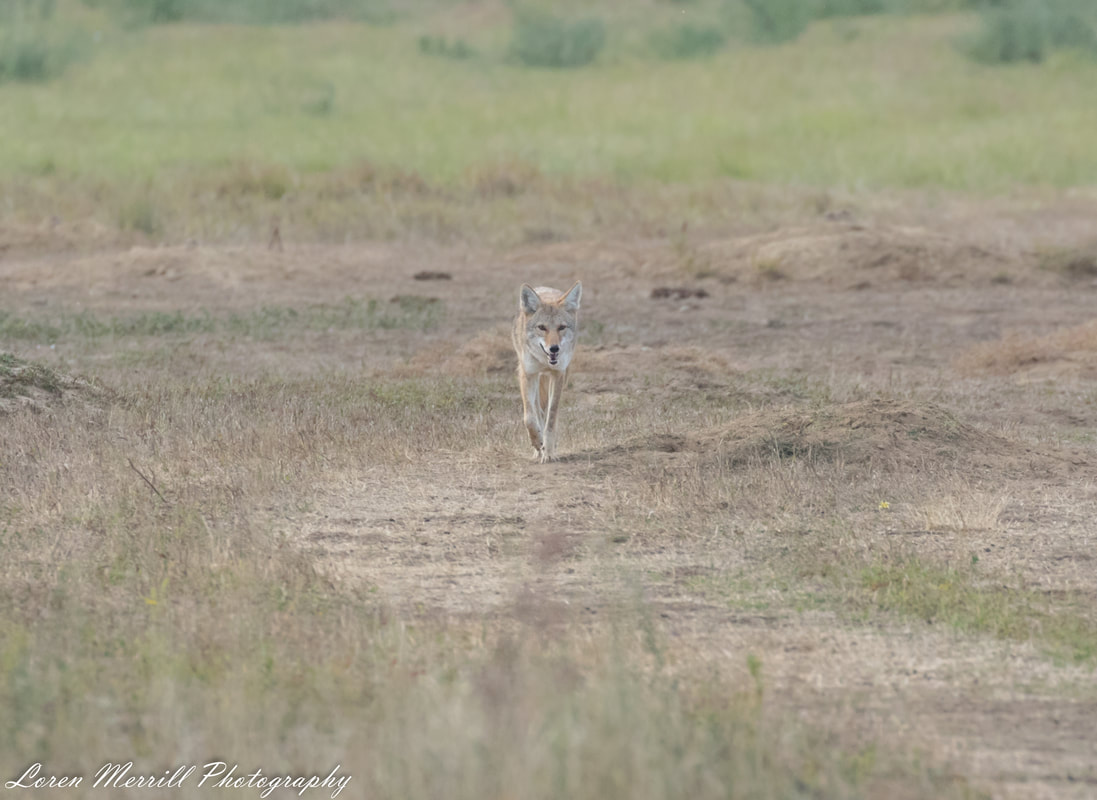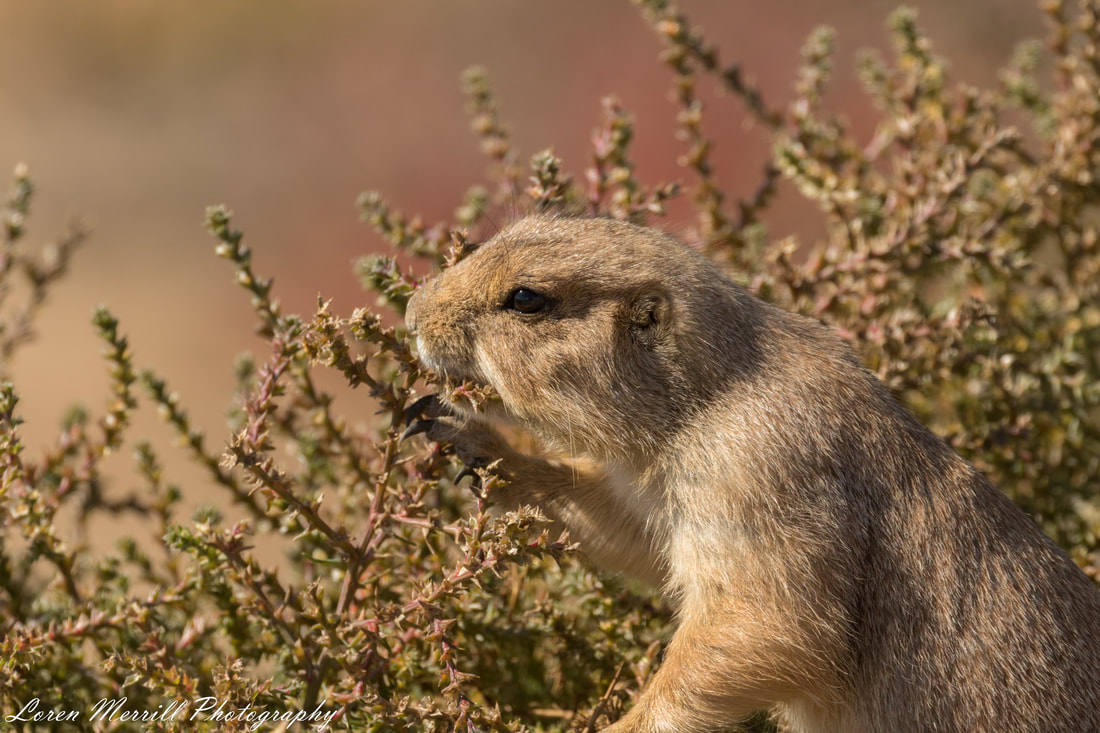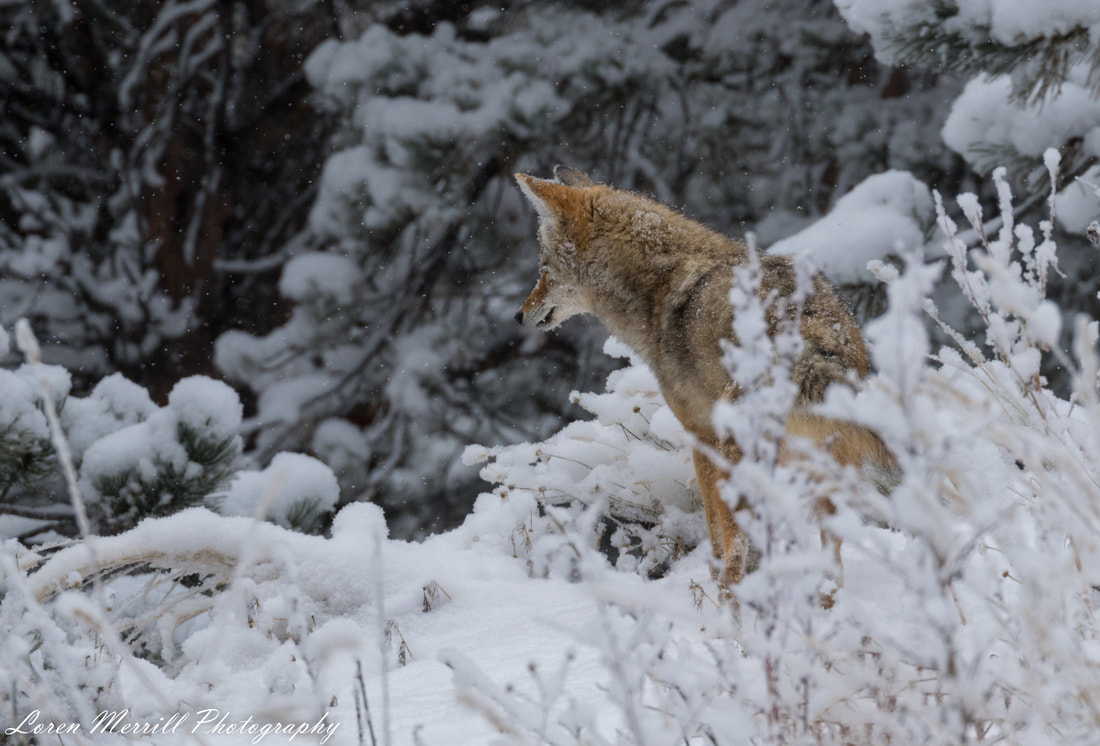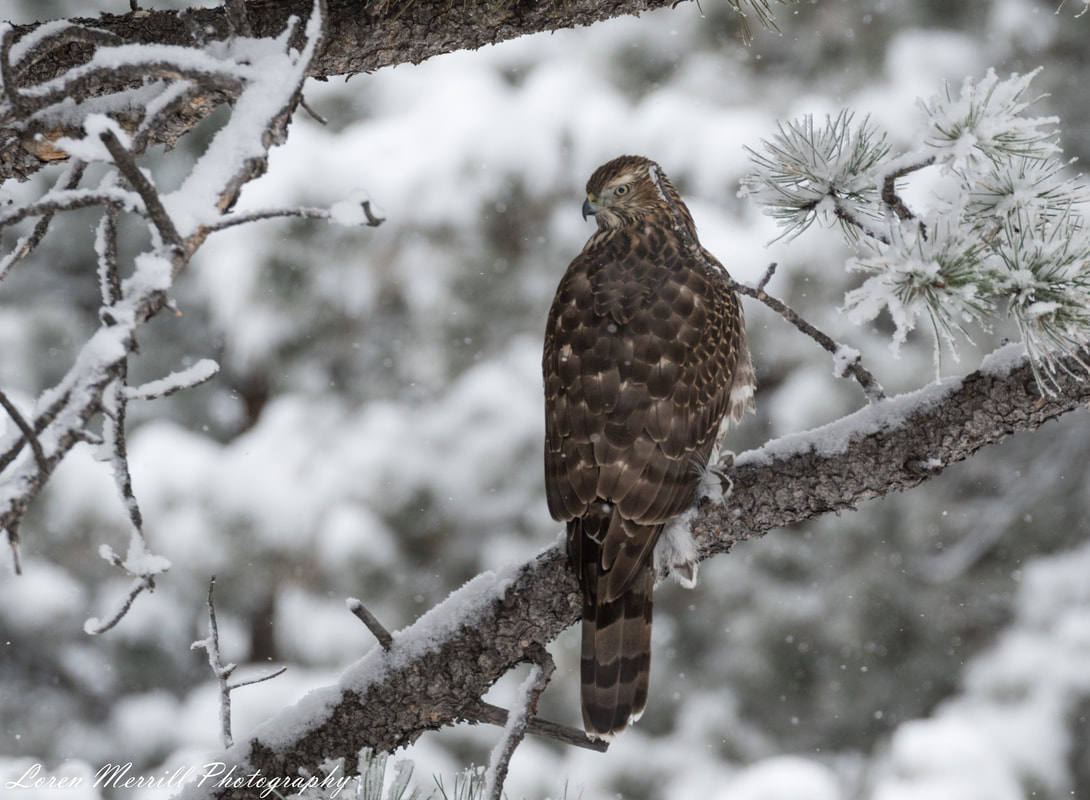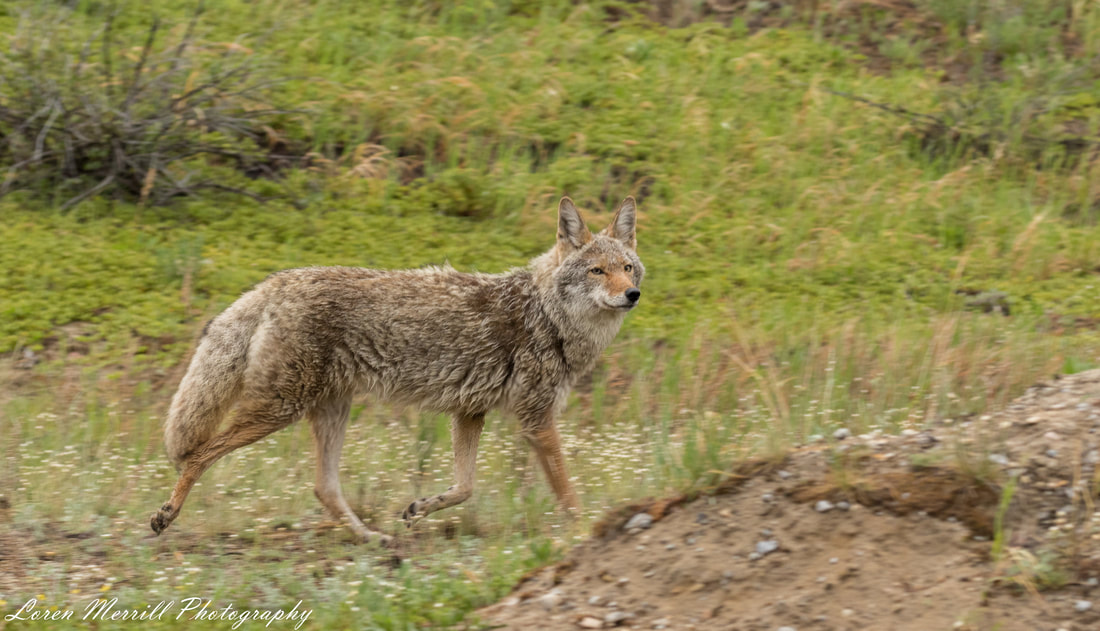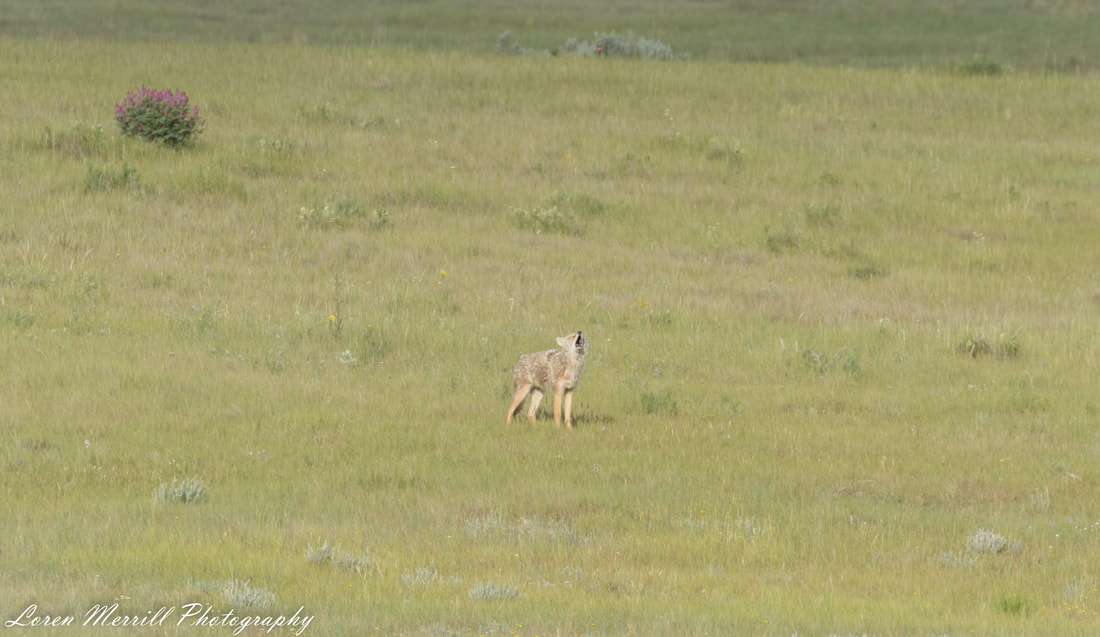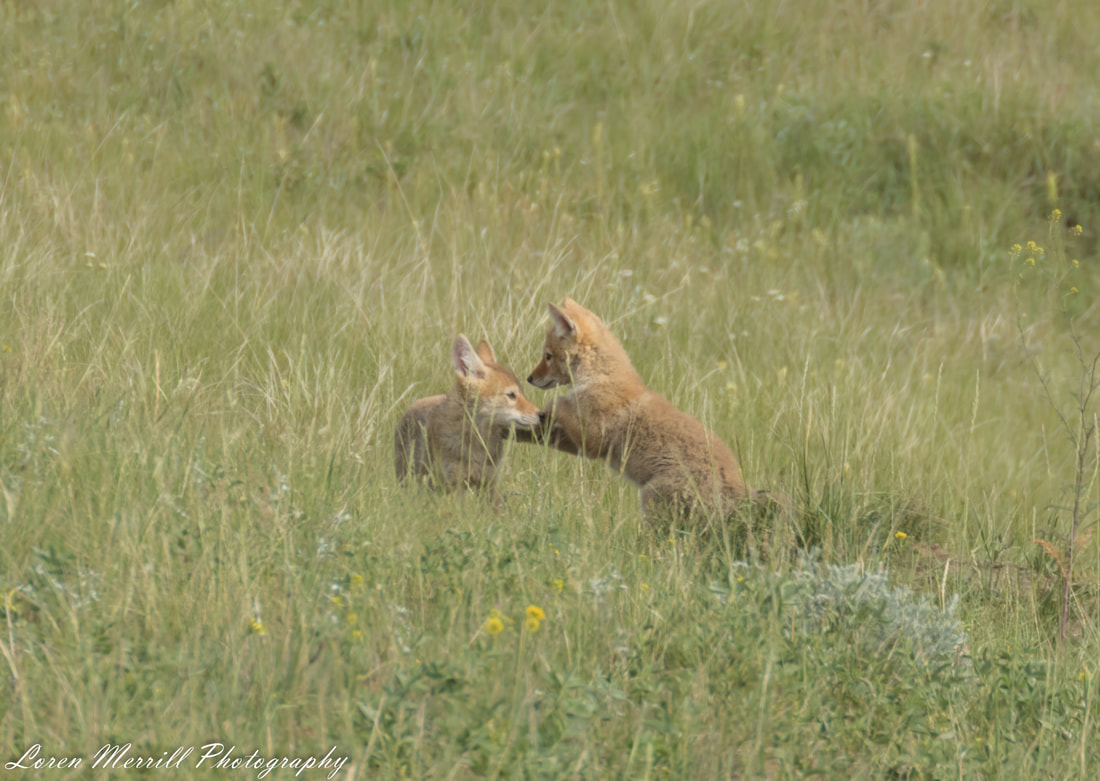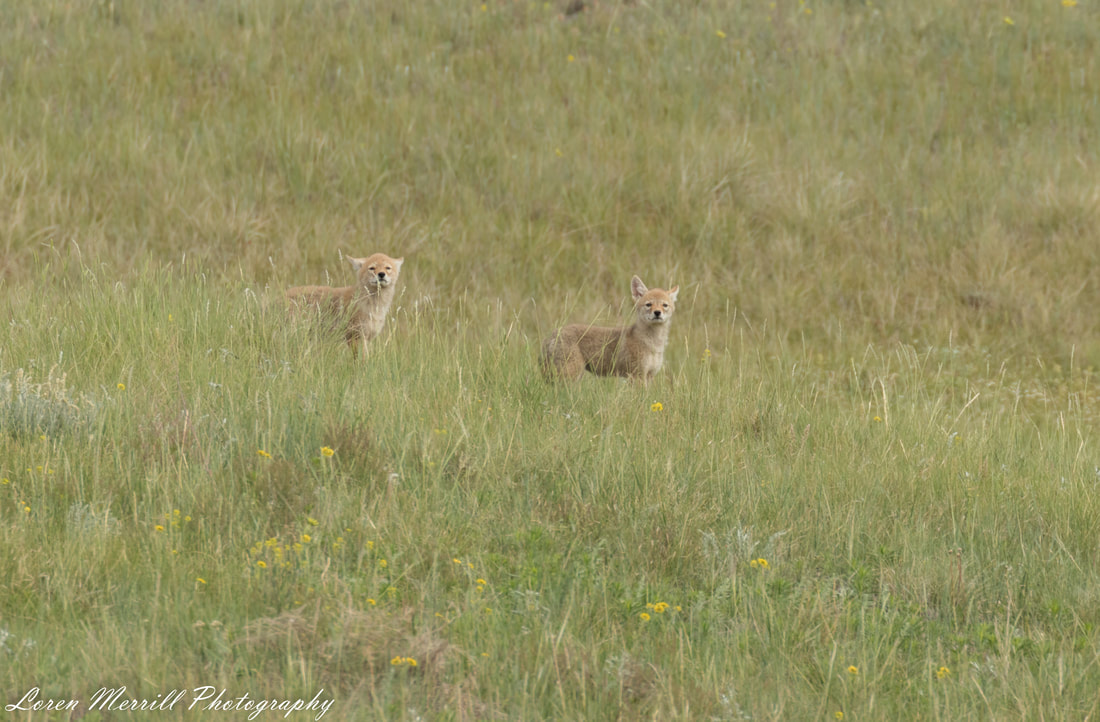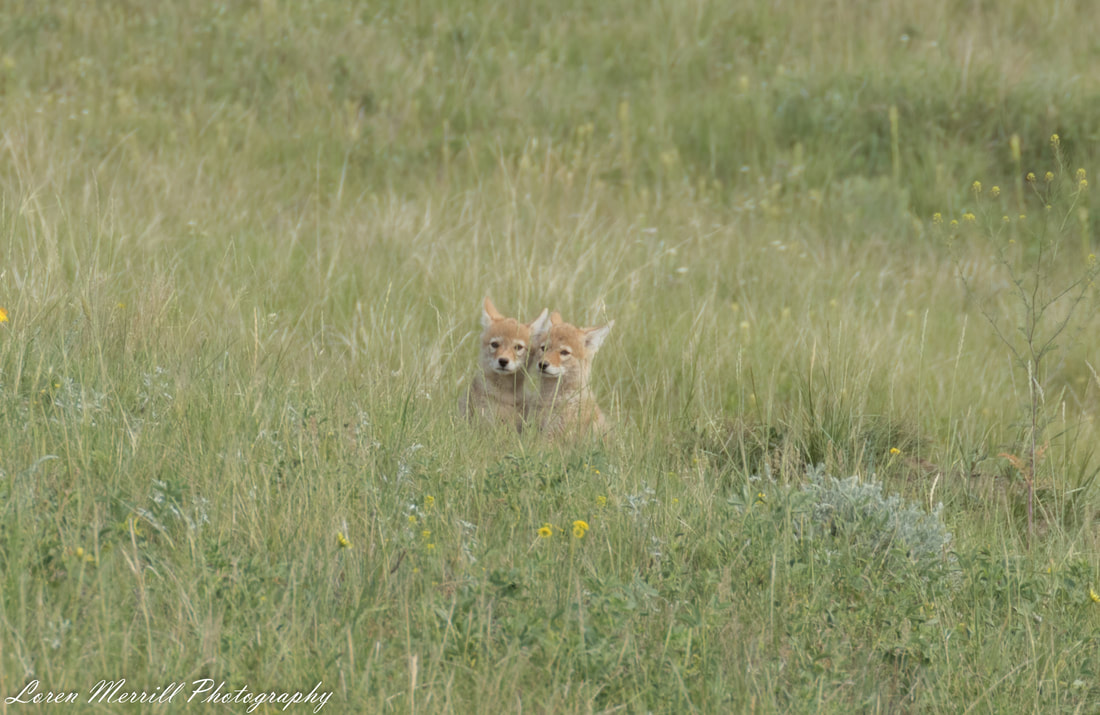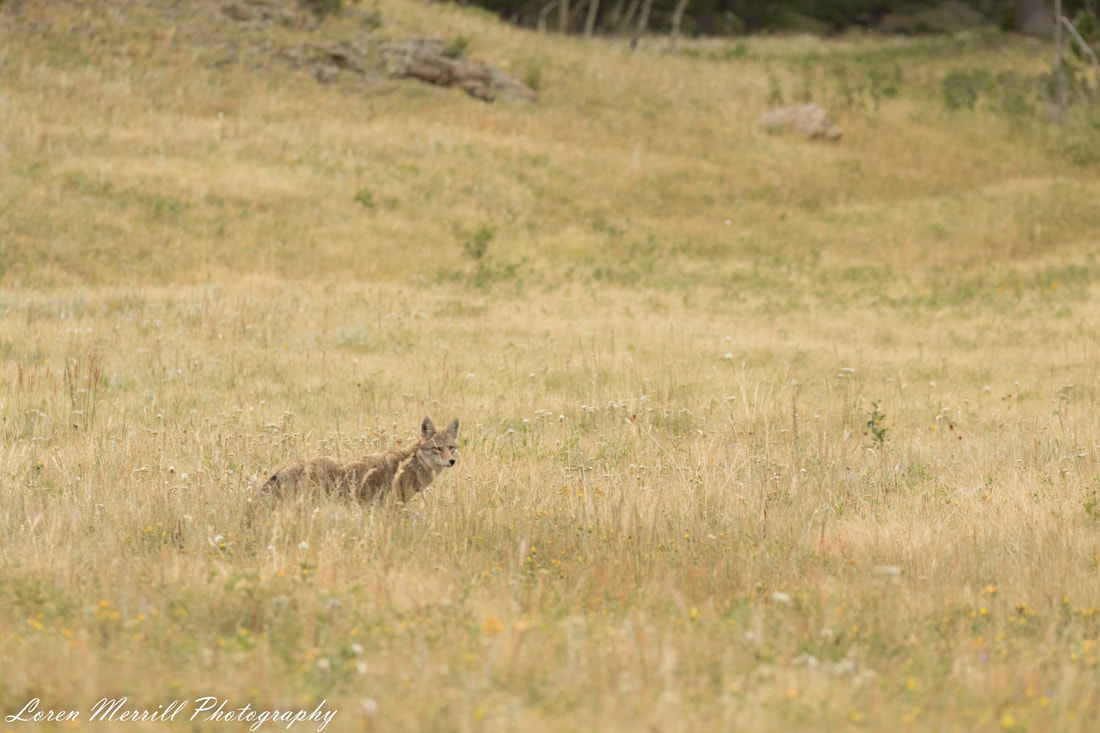|
There are few animals in North America that have been persecuted for as long, or as intensively, as the coyote, Canis latrans. The coyote has been targeted by wildlife agencies at every level and in every state (excluding Hawaii, which it doesn’t inhabit. Yet…) and an estimated 500,000 coyotes are killed annually. There are competitive coyote-killing events in many states, and almost no state has a limit on the number of coyotes that can be killed. The coyote is reviled by ranchers, hunters, and suburban pet-owners alike. And yet, in the face of all this loathing, and campaigns to eradicate it, the coyote has thrived and has dramatically expanded its range. Prior to 1700 the coyote was restricted to the deserts and prairies of North America, and now it occupies most of the continent. In addition to this range expansion, the coyote has taken up residence in suburban and urban habitats across North America, including megacities like Chicago, Denver, L.A., and New York. One of my favorite coyote stories comes from 2007, when people were beginning to recognize the urban wildlife phenomenon. One hot spring day, a coyote casually strolled into a downtown Chicago Quiznos sub shop that had its door propped open, and proceeded to climb into an open beverage cooler unit and lie down. The patrons and employees relinquished control of the restaurant to the coyote, and it remained in the cooler until animal control officers collected it and released it elsewhere. According to coyote expert Dan Flores, there is actually a long history of urban cohabitation between coyotes and humans; 1,000 years ago coyotes lived in large urban areas in the Aztec empire of Mexico, and modern coyotes have been a part of the L.A. scene for at least a century. Despite this shared history, we have only recently begun to understand what coyotes are doing in the cities, and how they’ve managed to flourish in these concrete jungles. Part of what makes coyotes so successful is their highly flexible nature. Rather than being strict carnivores, coyotes are broad generalists, consuming everything from seeds, fruits, and insects to rodents, rabbits, and deer. When I lived in Santa Barbara, I would often walk at a local suburban park that had a small pack of coyotes living in it. During the olive-fruiting season, the coyote scat would be full of olive pits and skins from fruits they had vacuumed up from the ground. And in spite of their reputation as major predators on cats and dogs, a study of coyotes in the Chicago area found that cat DNA was present in only 1.3% of 1,400 scat examined. The most frequently consumed food items were rodents, which jives with work done in other coyote populations and my own observations. Whenever I have seen coyotes hunting, either singly or in packs, they have been going after rodents. In areas with prairie dogs, these ground squirrels often make up the bulk of the coyotes’ diet. When traveling through Grasslands National Park in Saskatchewan this past June, I repeatedly came across coyote packs loping through the prairie dog colonies, causing the ground squirrels to issue their predator alarm calls. I see the same here in Colorado, although I have only seen one or two individuals hunting in the prairie dog colonies rather than the packs I saw in Grasslands. The coyote’s ground squirrel strategy seems to be the following: get as low to the ground as possible, keep as much vegetation between you and the prairie dog as you can, creep up on an individual foraging away from its burrow, sprint to catch it before it disappears down the burrow. The further away from a burrow a prairie dog is, the better a coyote’s chances. Up here in the mountains where there are no prairie dogs, the coyotes appear to target voles and other small mammals. On multiple occasions I have watched coyotes in the area perform the quintessential canid maneuver; standing motionless in a field, head focused intently on the ground, and then raising up on the hind limbs and pouncing down on the ground with the front legs. Just a few days ago, in fact, we had a coyote performing exactly this behavior about 20 meters from the house. We were in the midst of a moderate snowfall, and a lone coyote was repeatedly pouncing in an area with a good covering of dried grasses and flowers under the snow. The coyote didn’t appear to capture anything, but it seemed to be having a good time trying; every so it would wag its tail in excitement. I don’t know if it was happy about the snow, or if it was simply the thrill of the hunt, but it remained in that area for 10+ minutes, pouncing and wagging. More interesting still was that I was not the only one who noticed the coyote’s efforts. An immature northern goshawk flew in and landed on a branch overlooking the coyote. Goshawks are the larger, more aggressive cousins of Cooper’s hawks and sharp-shinned hawks, and are generally restricted to the wilder areas of North America. These large hawks are renowned bird-predators (they really like a nice, plump grouse), but they also go after small mammals like squirrels, rabbits, and voles. After the hawk landed, it watched the coyote for a few minutes, and then swooped low over the coyote’s head. The goshawk was almost certainly hoping to profit from the coyote’s actions by picking off any small mammals attempting to escape from the coyote. It wasn’t successful during that hunting episode, but I suspect that bird has used similar tactics in the past with more luck. This avian hunting strategy is clever (and there are many species of bird that cue in on other predators), but it is the coyote that has earned a reputation for cunning, intelligence, and mischief. The coyote features prominently in dozens of Native American and First Nations mythologies, and in many of them the coyote figure is a savvy trickster. I experienced a little of this cunning firsthand at Grasslands National Park. As I mentioned above, I saw a number of coyotes while I was in the park, and one time when I was out hiking, I saw a pair of adult coyotes just cresting a hill. They were a few hundred meters away, but I was curious to see what they were up to, so I followed along, but at a good distance. They led me to a small valley, and on an east-facing slope in the valley there were four small coyote pups playing on the hillside near their den. They were still a couple hundred meters away, so I went into stealth mode in an attempt to get closer. I shrugged out of my backpack and kept low to the ground as I crept closer, keeping another hill’s ridge in between me and the pups so they would not see me, and hopefully not smell me either. The adult coyotes had disappeared, and I kept looking for them as I made my way closer to the den. When I had made it to within 100 or 150 meters of the den, I slowly climbed to the ridge, and looked across the valley towards the den. The pups were still there, but just as I was getting ready to take some photos, a short howl, followed by a series of yips came from behind me. I turned around and 150 meters away stood one of the adults, howling, barking, and yipping. And from the top of a hill on the other side of the valley another coyote adult emerged, joining the one behind me in a chorus of howls and yips, and then a third from another hilltop. They had triangulated themselves around me. Apparently while I had been stalking the coyotes, they had been stalking me. Not to hunt, but to determine what I was doing, and to sound the alarm if necessary. I guess they determined that the alarm was necessary. And once the first alarm had sounded, the pups had vanished into their den. I sat down, thinking perhaps I could wait for the adults to move along, and that the pups might reemerge, but as long as I was in the vicinity of the den, the adults continued to vocalize. I decided I would continue with my hike, and that I would revisit the den on my way back in an hour or two. I hoped that by that point the adults would have gone back to hunting, and that the pups’ curious nature would have lured them back out of the den. When I returned to the coyote den valley, that is exactly what had happened; the adults were gone and two of the pups were out on the hillside. I assumed the other two pups were following the parents’ orders and were still down in the den. I spent about 45 minutes watching the pups from across the valley, and for most of that time, the two pups napped, or sat and looked around. One attempted to engage in some play with its sibling, but his efforts were mostly met with indifference. A couple of times the pups would lift their noses to the sky, and I wondered if they were catching my scent, or if they were still on alert from earlier. To my surprise, the other two pups emerged from the grass up-slope and after a quick greeting with their siblings, disappeared into the den. One of the siblings I had been watching followed, and the remaining pup curled up in the grass, and went to sleep. I decided that was a good cue to leave, so I slunk quietly out of sight. A litter of four pups is on the low to average size, and I suspect the relatively small size had to do with high levels of competition in the park. Coyotes are capable of adjusting their litter size in response to available resources and competition levels. If food is scarce, or home range size is limited by the presence of other coyotes, a breeding pair may have only one or two pups. When food is plentiful and there are few other coyotes around, they can raise upwards of 11 pups. All this flexibility allows coyotes to respond to prevailing conditions relatively rapidly and helps explain why efforts at decreasing coyote populations almost always fail. If a bunch of coyotes are removed from an area, the remaining coyotes simply increase their litter size to take advantage of the now-available resources. The combination of behavioral, reproductive, and diet flexibility goes a long way towards explaining how and why coyotes have successfully colonized most of the continent. But we have also played a large role in that expansion by removing their predators and competition. Wolves and mountain lions have been extirpated from much of their historical range, especially in the eastern part of the continent, and these predators helped limit coyote numbers. In Yellowstone National Park, for example, coyote numbers have dropped by 50% since wolves were reestablished in the park in the late 1990's, and this pattern is repeated just about everywhere wolves are returning to. But even with wolf and mountain lion numbers increasing, it is unlikely we will see a large drop-off in coyote numbers across the continent. These adaptable canids now occur in almost every available habitat type. There are an estimated 2,000 coyotes in metropolitan Chicago, and aside from the occasional Quiznos encounter, these wraiths go almost completely unnoticed by the 9 million human inhabitants. So whether you love or hate these animals, you have to respect their ability to survive, and flourish, in our human-dominated world. Next post: TBD
Note: The View Out the Door will be transitioning to an every-other-week schedule for the time being. Subscribe to the Newsletter: If you would like to get notifications about when new posts are up and other tidbits related to the blog, sign up for the View Out the Door weekly newsletter. Just email viewoutthedoor “at” gmail “dot” com with the subject header SUBSCRIBE.
0 Comments
Leave a Reply. |
About the author:Loren grew up in the wilds of Boston, Massachusetts, and honed his natural history skills in the urban backyard. He attended Cornell University for his undergraduate degree in Natural Resources, and received his PhD in Ecology from the University of California, Santa Barbara. He has traveled extensively, and in the past few years has developed an affliction for wildlife photography. Archives:
|
